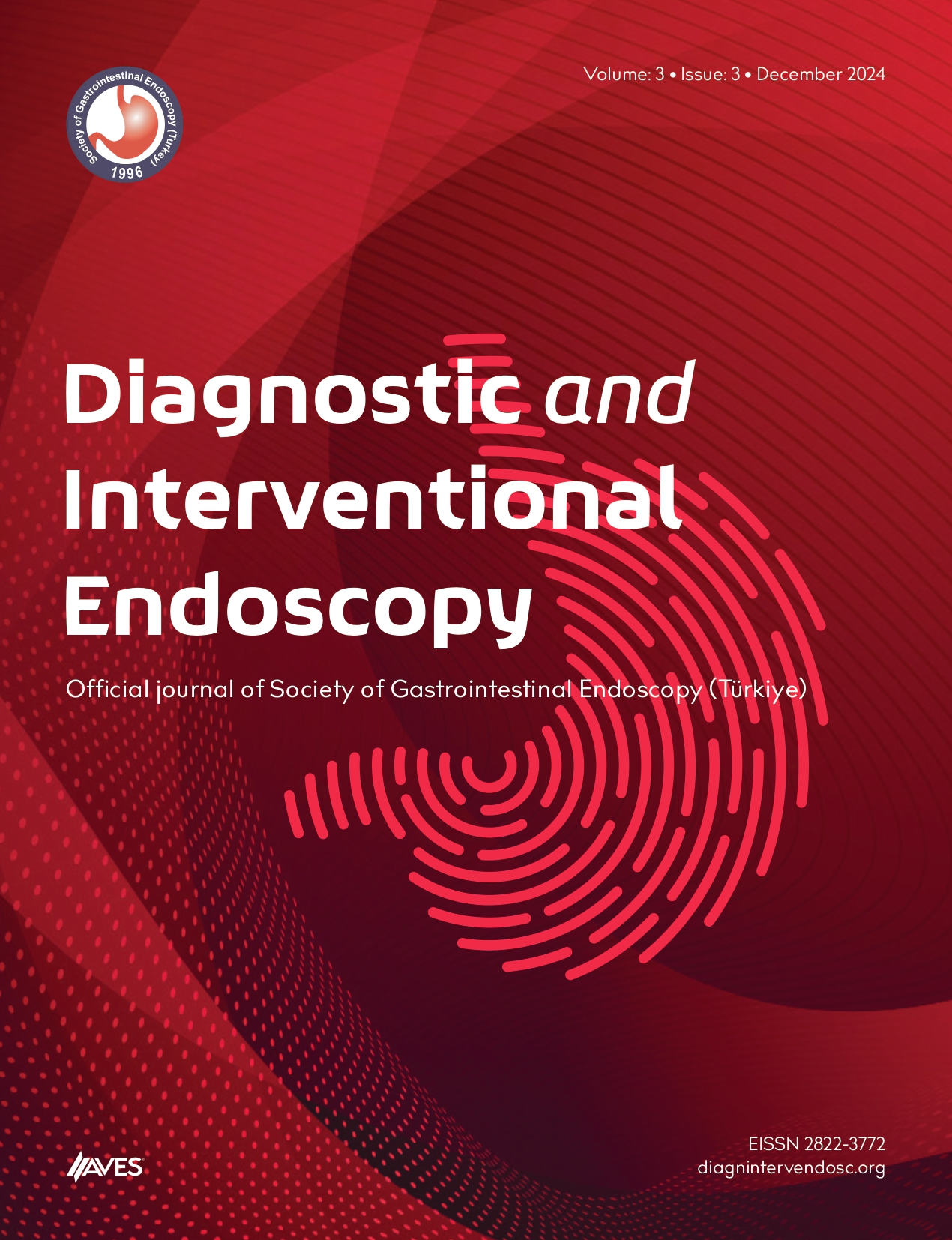Objective: The objective of this research was to determine if laryngopharyngeal lesions identified by an endoscopist during the upper gastrointestinal endoscopy in individuals with or without gastroesophageal reflux disease (GERD) are consistent with the lesions found by an otolaryngologist during a laryngopharyngeal examination.
Methods: Patients who underwent esophagogastroduodenoscopy (EGD) under anesthesia were prospectively evaluated, and digital video recordings of all patients were taken. The endoscopic laryngopharyngeal findings of the patients were evaluated by the gastroenterologist during the procedure, and the video recordings were evaluated by the otorhinolaryngologist blindly.
Results: The incidence of GERD-related symptoms and laryngopharyngeal symptoms was statistically significantly higher in the laryngopharyngeal pathology (LPP)-positive group [13 (56.5%), 11 (47.8%), respectively] compared to the LPP-negative group [26 (12.9%), 25 (12.4%), respectively] (both, P < .001). Among all patients, while endoscopic LPP was detected in 23 (10.3%) patients, pathology was detected in 27 (12.1%) patients during otolaryngologist examination; this difference was not statistically significant (P = .360). Posterior laryngitis was the most common pathology in both endoscopy 8 (3.6%) and laryngopharyngeal examination 9 (4%). Other significant endoscopic and laryngopharyngeal findings were mucous retention cyst [5 (2.2%), 5 (2.2%)], vocal cord nodule [4 (1.8%), 4 (1.8%), respectively], hypertrophy of the pharyngeal tonsil [3 (1.3%), 4 (1.8%)], leukoplakia [2 (0.9%), 2 (0.9%)], and Reinke’s edema [1 (0.4%), 3 (1.3%), respectively].
Conclusion: The evaluation of the laryngopharyngeal region by the endoscopist during EGD is similar to the evaluation by the otolaryngologist. Laryngopharyngeal lesions are detected more frequently, especially in patients reporting GERD symptoms.
Cite this article as: Erdoğan Ç. Comparison of routine upper gastrointestinal endoscopy and laryngeal examination in the detection of laryngopharyngeal lesions in patients with or without gastroesophageal reflux. Diagn Interv Endosc. 2023;2(3):62-66.

.png)


.png)